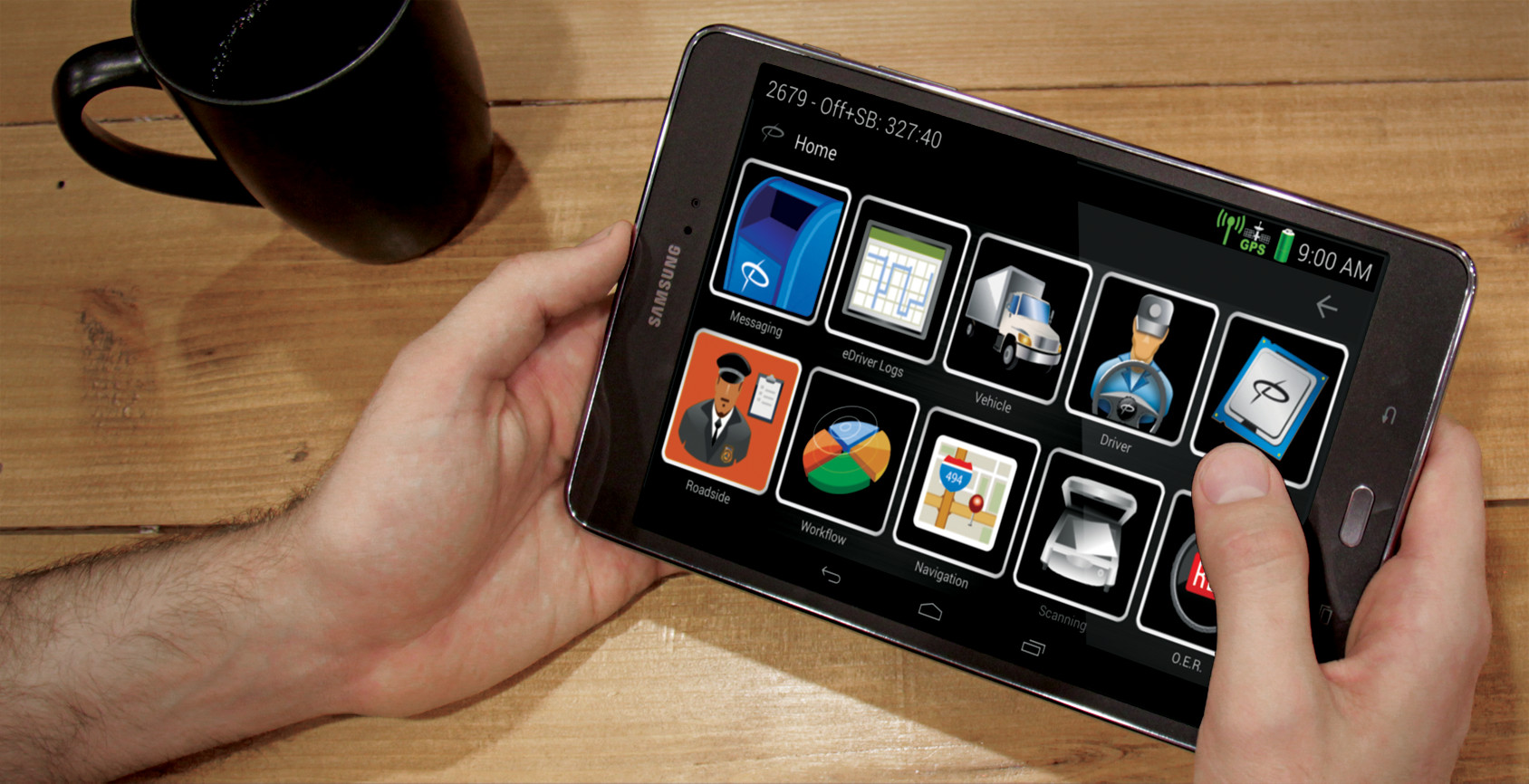

- ICON JOURNAL MACJOURNAL CRASH UPDATE
- ICON JOURNAL MACJOURNAL CRASH PRO
- ICON JOURNAL MACJOURNAL CRASH PASSWORD
- ICON JOURNAL MACJOURNAL CRASH MAC
Unmounting removable media buried behind application and Finder windows has always been difficult in OS X. If you’re in the middle of an amazing thought, don’t worry - a snooze button allows for a delay (although the snooze time is taken out of your next work period). The program displays some suggested stretches for the duration of your break.
ICON JOURNAL MACJOURNAL CRASH PRO
Coffee Break Pro lets you work for a set amount of time and then forces you to rest by blacking out the screen. Even though we know we should take regular breaks, many of us forget.

If you spend your workday at a computer, you may be familiar with sore wrists, tight shoulders, and neck pain - or worse. For example, you could assign a control-click and an up-down-right mouse motion to Safari’s Show Bookmarks menu item, or use a control-click and a down mouse motion to close a window.

Activate it, and a screen allows you to define mouse motions and associated actions for each Cocoa application. Once it’s installed in your Library folder, you’ll find a Cocoa Gestures item in each application’s Application menu. dfĬocoa Gestures is an amazing little application that allows you to use mouse movements to perform actions in all Cocoa applications, such as Mail, Safari, Text Edit, and many more. Finally, if you just can’t decide which features to use, you can create preference themes and alternate between them. But it really shines at enhancing the Dock’s functionality: you can choose the Dock minimizing effect and speed change placement and pinning show background-only apps disable Dock floating (so the Dock no longer floats above other windows) enable Single Application mode (clicking on an application hides all others) enable unlimited hierarchical Dock menus and add Hide/Hide Others items to application Dock menus and a Quit option to the Dock’s own options menu. TransparentDock lets you customize the color and translucency of pretty much every aspect of the Dock and change the animation that occurs when you remove a Dock item. Used with the proper background imagery, a clear Dock can be quite stunning. In addition to removing the background, thereby making it look as though your Dock icons were floating above your desktop picture, you can specify a color scheme and change the color of the active-application indicator triangles. ClearDock requires Unsanity’s Application Enhancer, which provides the user interface for ClearDock through its System Preferences interface. rob griffithsĬlearDock is a system utility that removes (or changes) the semitransparent white background behind the Dock.
ICON JOURNAL MACJOURNAL CRASH MAC
The only real downside to CandyBar is that you must restart your Mac in order to see the effects of your changes. If you want to restore things to normal, a Restore Default Icons button makes it easy to do so.
ICON JOURNAL MACJOURNAL CRASH PASSWORD
Due to the changes the program makes, you’ll be required to enter your administrator’s password the first time you drag and drop an icon. To change an icon, drag and drop a new icon onto the existing icon in CandyBar. Panic and The Iconfactory, 336/299-5251, $13ĬandyBar makes it easy to change the Finder’s toolbar icons, folder icons, clipping icons, and even the Trash icon. You can also get information on any menu item, or reveal it in the Finder, instead of opening it. Selecting a clipping file from an AliasMenu menu pastes its contents into the front-most application (and as a bonus, a Date clipping automatically pastes in the current date). By editing the names of files or folders, you can create keyboard shortcuts to items and even make groups of items that will open all at once.
ICON JOURNAL MACJOURNAL CRASH UPDATE
The long-awaited update to the popular OS 9 utility AliasMenu generates hierarchical menu-bar menus for each folder or folder alias you drop into the AliasMenu folder.


 0 kommentar(er)
0 kommentar(er)
